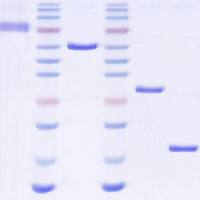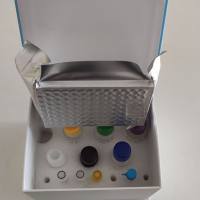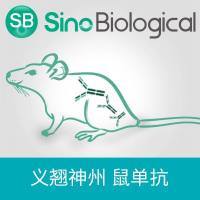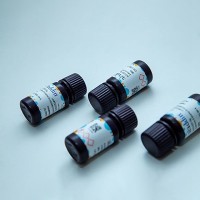Yeast Two-Hybrid Screening for Proteins that Interact with Nuclear Hormone Receptors
互联网
467
The yeast two-hybrid system, originally developed by Fields and Song (1 ), is a sensitive genetic assay for the detection of protein-protein interactions. The system exploits the fact that eukaryotic transcriptional activators contain separable functional domains for DNA-binding (domain [DBD]) and transactivation (activation domain [AD]) (2 )These domains cannot activate transcription when expressed as separate entities in yeast (either alone or together). However, they can function when joined noncovalently via protein-protein interactions. Thus, any pair of proteins that interact with each other may be used to bring separate DBDs and ADs together to reconstitute a functional transactivator. In a typical two-hybrid assay, one protein termed the “bait,” is expressed as a fusion with a specific DBD; the other is fused to an AD. If the two proteins interact in a yeast nucleus, transcription of reporter genes containing DBD sites will be enhanced. Using this approach, known proteins can be assayed for interaction, mutant proteins that are unable to interact with a given protein can be isolated, and libraries of AD fusion proteins can be screened for those that interact with a protein of interest. The authors laboratory has used domains from various steroid and nonsteroid nuclear receptors (NRs) as bait sequences to identify several interacting proteins that may mediate their transcriptional effects (8 )









